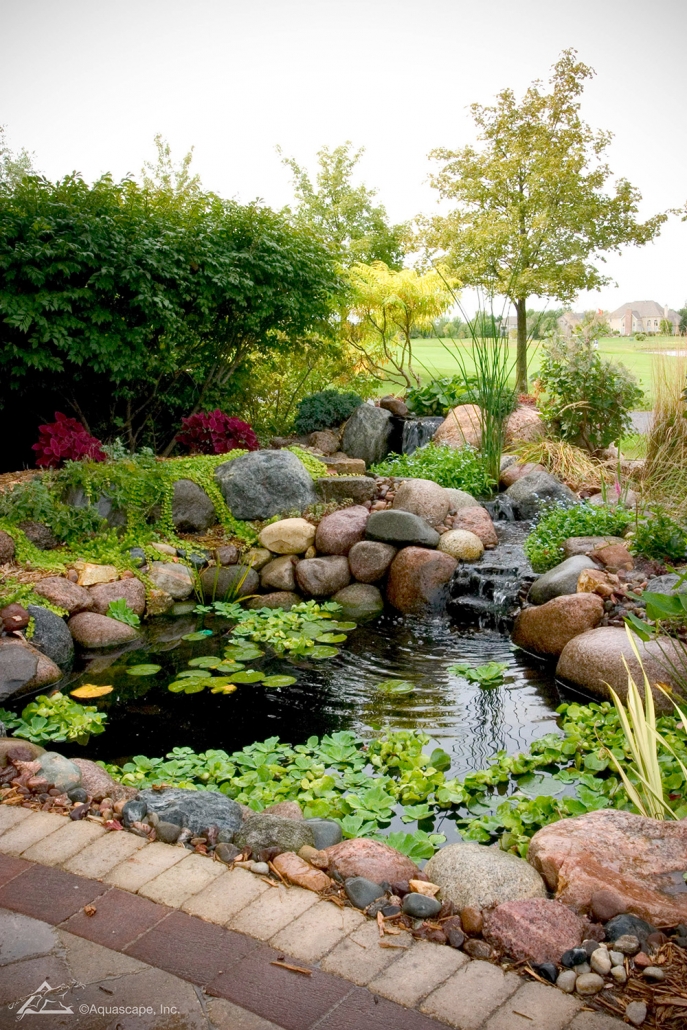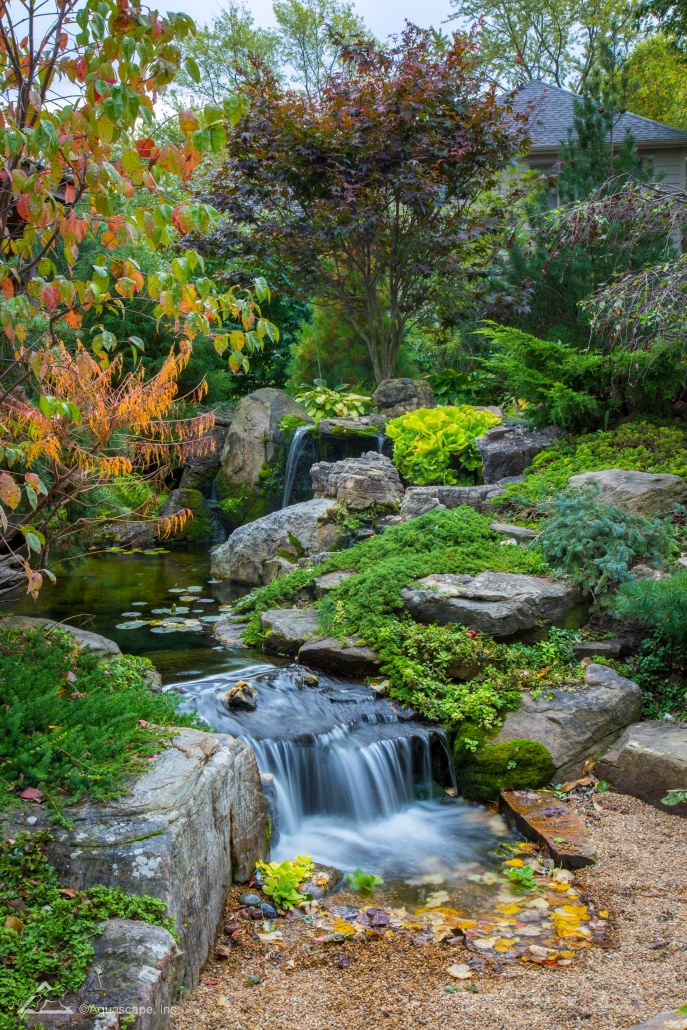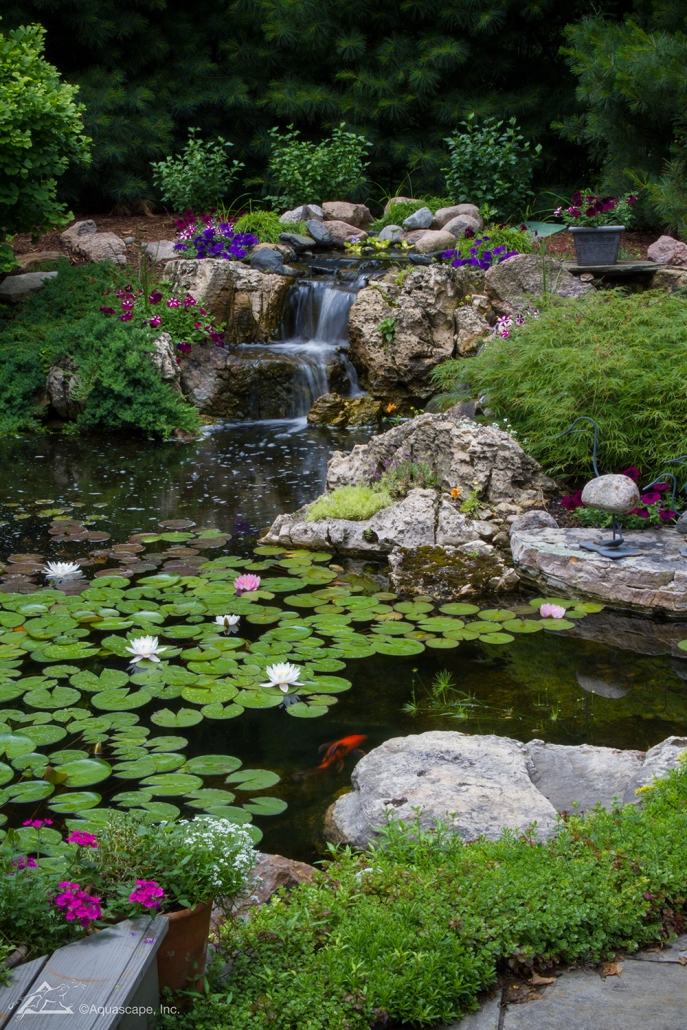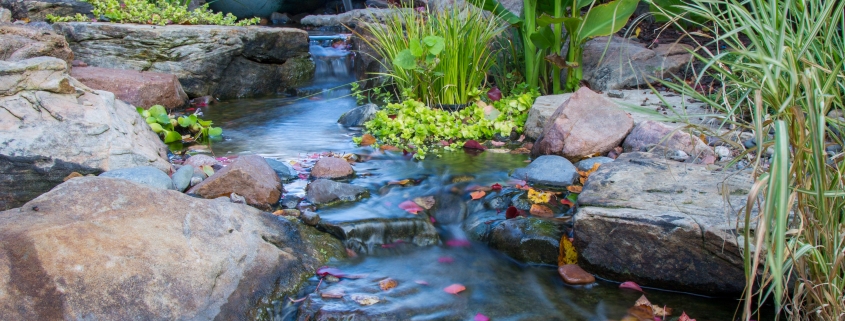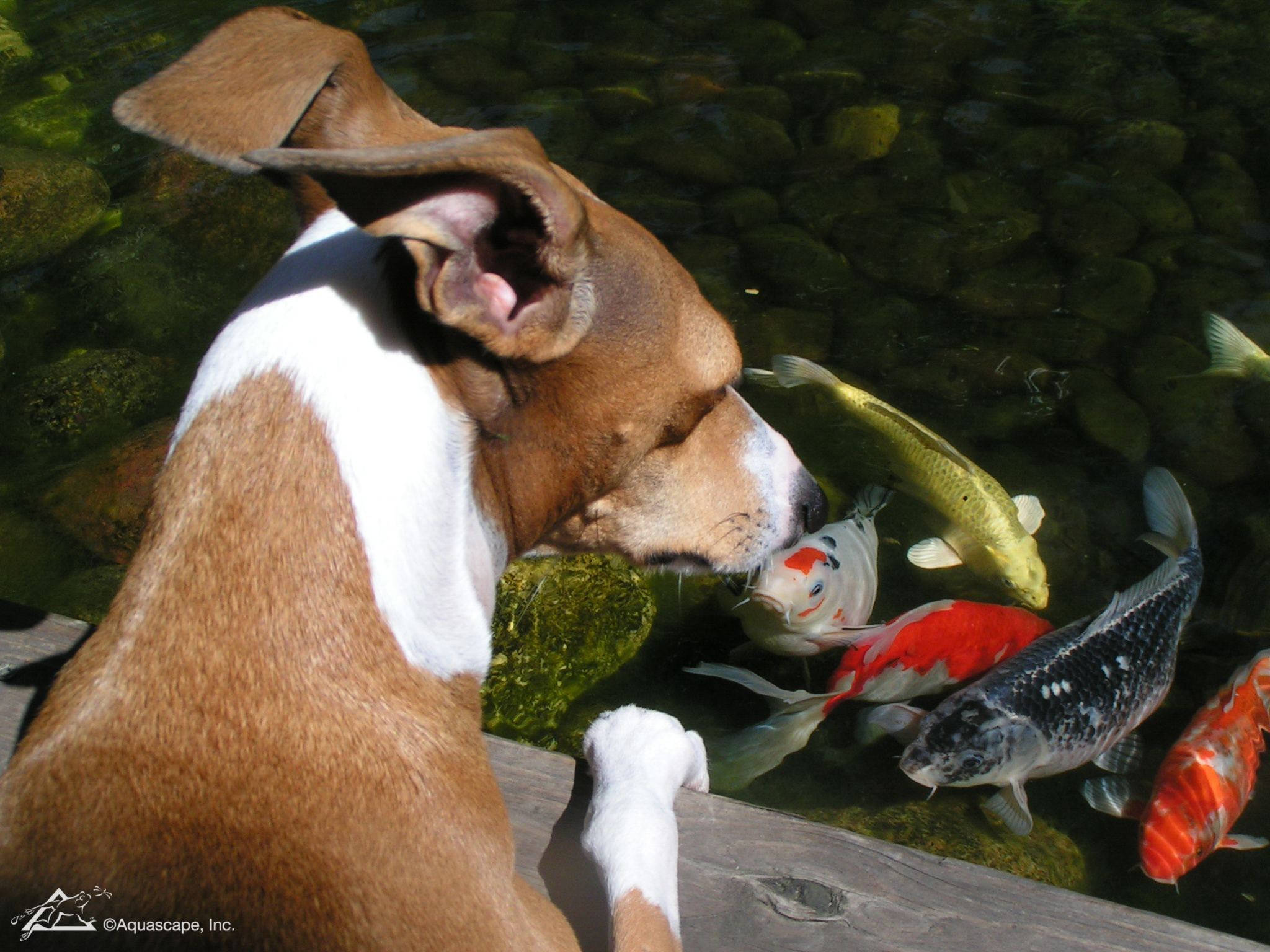How Long Does a Pond Pump Need to Be on Each Day?
A pond pump and a filter are necessary to maintain pond health. A well-maintained pond adds value to a home, and even though a large pond with fish requires more maintenance than a small pond, it is worth the extra effort, providing movement, color and a dramatic landscape element. A pond’s pump should run 24 hours each day to ensure the pond’s water circulates through the filter to keep the water clear.
Pump Function
A pond pump may be submerged in the pond’s water or sit outside the pond, depending on the pump type, but both types work in the same way. The pump uses spinning blades, known as impellers, to pull pond water through a screenlike intake and expel the water through an outlet pipe. Generally, a large pond has an external pump and a smaller pond or water garden has a submersible pump. Any kind of pump requires regular maintenance of its intake filter and screen to prevent clogging.
Pump Size
Before buying a pond pump, calculate your pond’s water capacity to determine the size of pump required to circulate all of the pond’s water through the pump every one to two hours. Formulas can help you determine your pond’s water capacity in gallons from pond measurements taken in feet. The formula for a rectangular pond is length x width x depth x 7.48 = gallons. For a circular pond, the formula is radius x radius x 3.14 x average depth x 7.48 = gallons. The formula for an irregularly shaped pond requires dividing the pond into easier-to-calculate shapes, figuring the water capacity in gallons for each of those shapes and then multiplying the total sum of those gallons by 231 instead of 7.48.
Operating Cost
A pond that has a pump or other electric equipment requires electricity, and so it will increase your monthly electric cost. Some pumps cost less to operate than other pumps. Reduce the cost of pump operation by using a pump that moves the necessary amount of pond water while using the least amount watts; a watt is a measurement of electrical usage. Calculate the cost of operating a pump by using this formula: Divide the watts by 1,000, and then multiply that figure by 24 hours, the number of days per operation and electricity cost. An example is: 300 watts/1000 x 24 hours x 30 days x 0.08 for electricity cost = $17.28 as the cost to run the pump for 30 days.
Other Considerations
Mosquitoes can be a problem when a pond is in the landscape, but mosquitoes lay eggs in only stagnant water. A pump can keep the pond water moving, deterring mosquitoes from laying eggs in the water. Even a small amount of moving water can prevent mosquitoes from laying eggs. So if a pump is not feasible, add a fountain bubbler to keep water moving.
How Many Watts Would a 2.5 HP Pump Use?
A pump helps circulate and filter the water in a pool. A pump’s horsepower determines how quickly the pump can process all the water. The goal is for the pump to sufficiently filter all the water in an 8 to 10 hour period, according to Aquascapes. Depending on the size and volume of your pool, you will need more or less horsepower to filter the water in that ideal time frame. Horsepower can be converted to watts, giving you a guesstimate of what your energy costs might be to run your pump.
Math Conversions
One horsepower is equal to 745.7 watts. When you multiply 745.7 watts by 2.5 hp, you get 1,864.25 watts. Energy costs are calculated in kilowatt-hours, and to get kilowatt-hours, you multiply watts by hours and divide by 1,000. So, if you run your pool pump for 8 hours in one day, 1,864.25 multiplied by 8 and divided by 1,000 equals 14.9 kilowatt-hours. If you run your pump every day for an average of 30 days per month — 30 multiplied by 14.9 — your pump uses 447 kilowatt-hours in a month.
Tips for building a great Garden Pond
A garden pond could be a part of a larger waterfall mechanism in a garden or a simple fish pond. There are certain things to be considered while building a garden pond. A nicely build garden pond will add liveliness and beauty to a garden. Below are some tips for building that perfect garden pond.
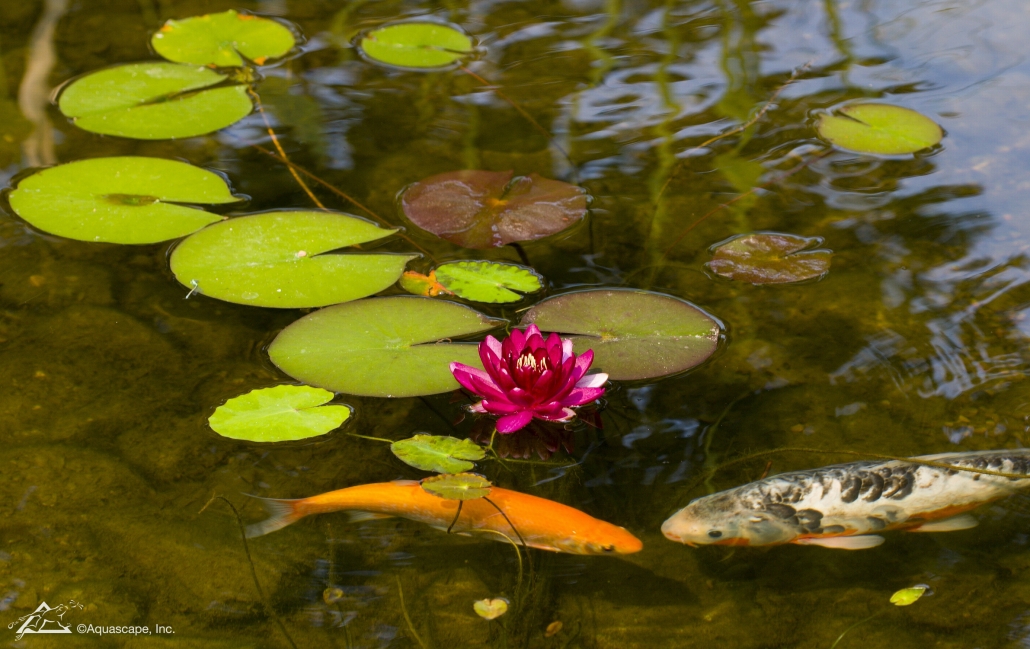
Keep the pond size suitable
It makes sense to build a pond of a size which will ultimately suit the garden. A pond of very small size or one which is too big won’t be suitable. Also, the location of the pond in garden with respect to house should be considered. Take the opinions of some friends or neighbors to see what would be a suitable location and size for the pond. Planning the size of the pond is extremely important before starting the building work.
Protect the bottom of the pond
It’s essential to protect the bottom surface of the pond against burrowing animals. To protect your pond, make sure to lay down a metal sheet on the surface and then lay dirt and mud on it. Then place the underlayment and liner on top of the dirt. Make sure to protect the sides with pond lining as well to prevent the water from getting out.
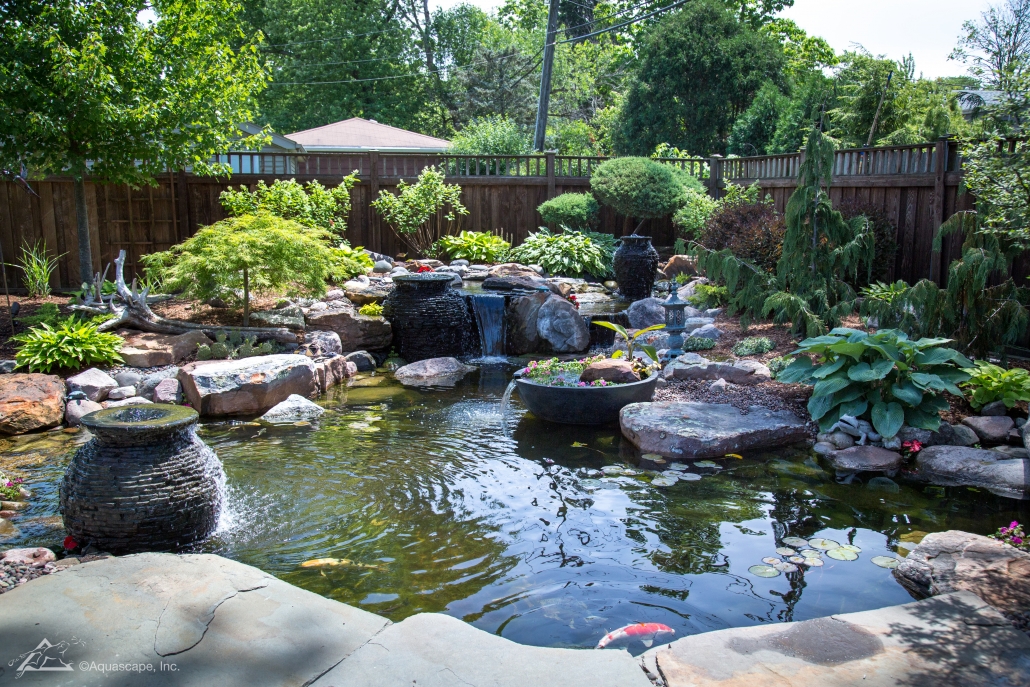
Plan the drainage carefully
It’s a high chance that your pond will overflow, especially in a rainy climate. To avoid water spilling out and damaging the plants or area of lawn outside, identify a spillover area in your garden and implement it. Then channel the water towards the spillover area.
Filling the pond
Be creative and fill the pond with great care. You can use a garden hose to fill in the water only up to a certain level. Add in different types of rocks and rounded stones. You can also add different fishes and plants, and amphibians like small turtles to the pond. While adding fishes and other animals and plants, care should be taken to not add species that are invasive or predatory on each other.
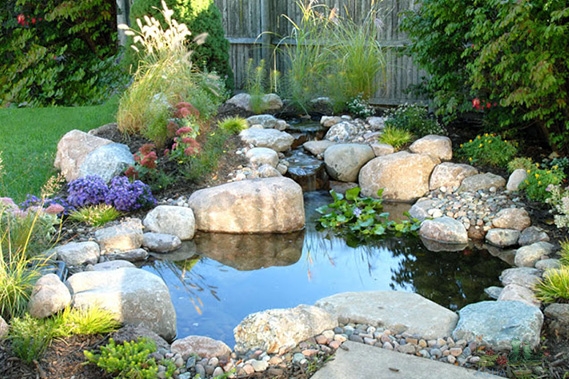
Cleaning the Pond
Garden ponds will collect leaves, dust, debris, and you will have to eventually clean it. Create a pond with a smoother surface and lesser rocks, which will be easier to clean. The cleaning process takes a lot of time and planning should be done while building the pond about how much time one would like to spend on cleaning and pond maintenance going ahead.
Fish Friends for Koi
Fish Friends for Koi
When they are in the wild, Koi live with other species of carp. Koi also get along well with killifish and minnows.
Other types of fish that can be found in the lakes and streams they inhabit are large game fish, such as perch, bass and Catfish.
Koi are peaceful and do not bother or prey on other fish in your pond which makes it great for stocking your pond with a variety of other fish.
Sunfish get along well next to carp with Redear sunfish being the most popular for a carp pond.
Grass carp act as natural pruning system for your pond and they will make great friends for your Koi. Grass carp will also help maintain your plant vegetation as they like to eat and out of control plants that are growing too big.
Since they are similar, goldfish make a great friend for your Koi. They share similar color patterns to Koi and will help compliment the beauty of your precious Koi in their new garden pond.
For other fish, largemouth bass, catfish and striped bass will make perfect mates for your Koi. Bigger fish will require a larger pond size so keep this in mind when selecting the size of your garden pond.
Frogs can be really good friends for your Koi or any kind of amphibian. Local frogs, newts and even salamanders can share the same space as your Koi with no issues.
Try to attract frogs naturally to your pond rather than stocking them from a store. Frogs from pet shops may have bacterial infections or diseases that can spread to your fish. We want to keep your fish as healthy as possible so they can live a long life in your garden pond.
Fish that you want to avoid stocking your garden pond with if you have Koi are Bluegill. Carp and Bluegill are rivals and will be destructive to your garden pond as they compete for resources and food.
Small fish such as nano fish should be avoided too. These smaller fish will not be happy swimming around with large Koi and will be anxious and nervous when in an enclosed garden pond with them.
Lastly, the best option to stock your Koi pond with is more Koi. They like to be in a group or a school and the minimum for that is at least 5. If you have a larger pond, you may be able to accommodate up to 15 individual Koi. Be sure to consult with our professionals about the needs for your Koi pond setup.
How can we help?
Koi Pond Setup
Pond Setup for Koi
Koi are the more sophisticated version of their wild versions which are common carp. Carp are traditionally native to Europe and Asia.
The habitat of carp are lakes, streams and ponds with mud near the bottom and minimal water flow. They can be found in temperate and tropical areas and they like water temperatures over 70 degrees F.
Carp are most active in the dim lit hours near dusk and dawn but they will forage for food at all times of day.
Achieving these living conditions for your new Koi is not a hard task.
Koi Pond Setup
Koi prefer temperatures between 74 to 86 degress F year-round. For areas where it is colder, a heater system will keep them from freezing and protect your valuable fish.
A small stream or waterfall is fine for your Koi but they do not require an water flow to be happy.
For the pH of your pond water, it should be kept between 6 and 9. Crushed limestone can be used to help maintain the pH levels in your garden pond.
For best results, a Koi pond with concrete and rubber lining are best. For the bottom of the pond, a substrate that mimics a mud consistency will have your Koi feeling right at home.
A beautiful outdoor water garden will give the best result for a pond setup. The plants should be non-invasive so they don’t damage the natural ecosystem for your new Koi friends.
The best plants for your water garden will included:
* pickerels
* floating pondweed
* water lilies
* cattails
* water hyacinth
* duckweed and more
Willows and other shade trailing trees around your water garden pond are recommended by other garden pond owners. These will help to provide extra shade and cover for your fish.
How big should your Koi pond be?
250 gallons of water is the minimum for keeping a Koi in a pond. A school of Koi may require over 1000 gallons of water.
Ten gallons of water is needed for every inch of fully grown Koi as a rule of thumb. This same rule can be applied to other fish as well. Because Koi can reach 3 feet in length, this means that 250 gallons is the absolute minimum for one adult.



